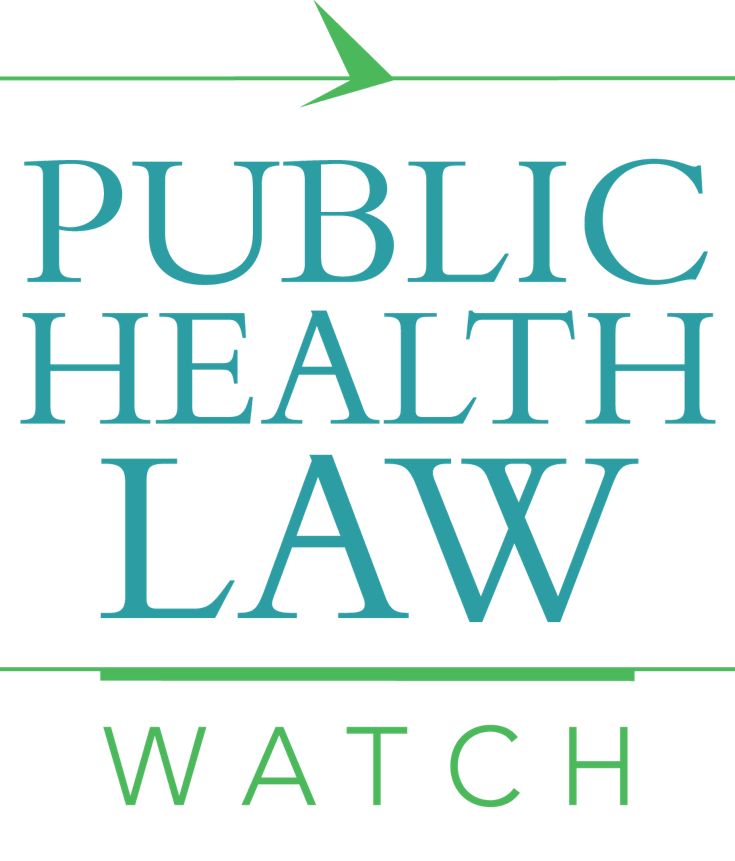PHLW's Leo Beletsky, Elisabeth Ryan, and Wendy Parmet authored a piece this week on the Harvard Health Blog about why involuntary commitment for substance use disorder should not be touted as a tool in the opioid crisis.
Recently, Massachusetts Governor Charlie Baker introduced “An Act Relative to Combatting Addiction, Accessing Treatment, Reducing Prescriptions, and Enhancing Prevention” (CARE Act) as part of a larger legislative package to tackle the state’s opioid crisis. The proposal would expand on the state’s existing involuntary commitment law, building on an already deeply-troubled system. Baker’s proposal is part of a misguided national trend to use involuntary commitment or other coercive treatment mechanisms to address the country’s opioid crisis.
The CARE Act and involuntary hold
Right now, Section 35 of Massachusetts General Law chapter 123 authorizes the state to involuntarily commit someone with an alcohol or substance use disorder for up to 90 days. The legal standards and procedures for commitment are broad; a police officer, physician, or family member of an individual whose substance use presents the “likelihood of serious harm” can petition the court.
Upon reviewing a petition, the court can issue a warrant for the arrest of the person with substance use disorder. The individual — who is not charged with a crime — is held pending an examination by a court-appointed clinician. The statute mandates that the determination proceed at a rapid pace, making it difficult to mount a meaningful defense.
The CARE Act proposes to further accelerate this process. The proposal would allow clinical professionals — including physicians, psychiatric nurses, psychologists, and social workers (or police officers when clinicians are not available) — to transport a person to a substance use treatment facility when the patient presents a likelihood of serious harm due to addiction and the patient will not agree to “voluntary treatment.” Upon determination by a physician that the failure to treat the person would create “a likelihood of serious harm,” the treatment facility has 72 hours to get the person to agree to voluntary treatment. If the person refuses, but the facility superintendent determines that discontinuing treatment would again cause “a likelihood of serious harm,” the facility must petition the court for involuntary treatment under the process outlined in Section 35.
For the full article, access it here.
